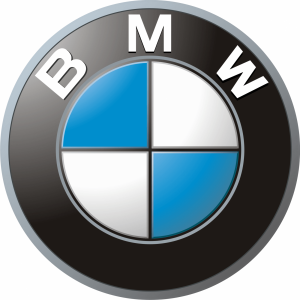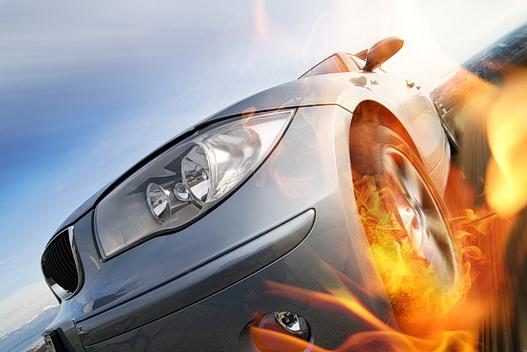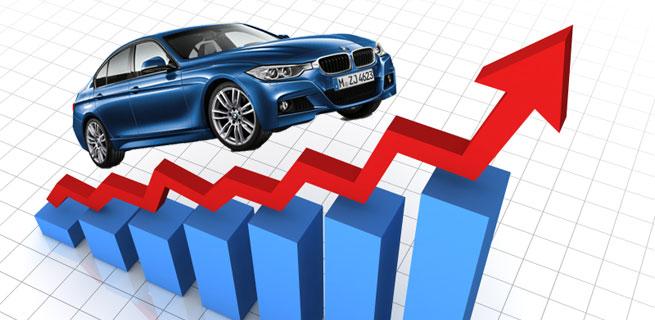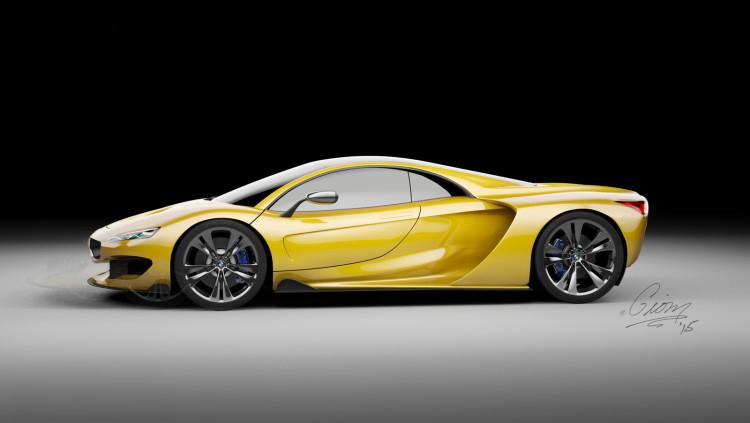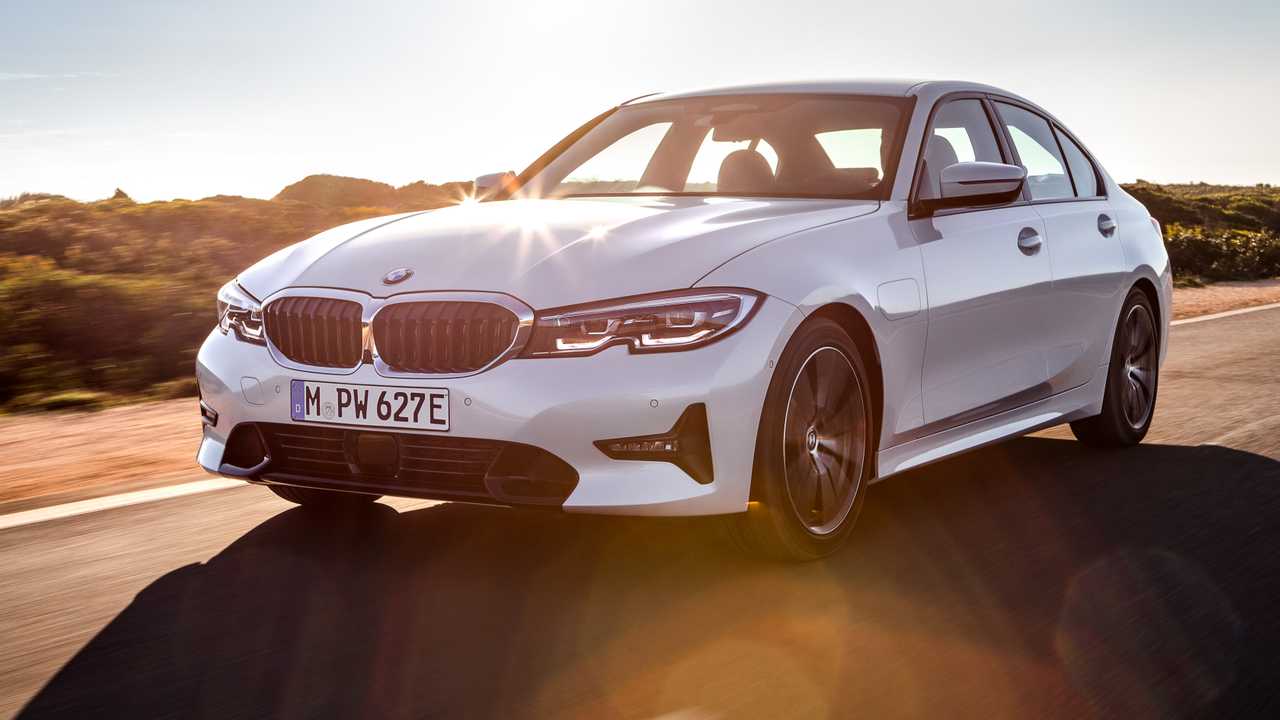Currently, the BMW conglomerate is primarily associated with the production of automobiles and motorcycles, but initially, the company was known for its aviation manufacturing. The white and blue checkerboard in the company's logo is interpreted as a spinning propeller. The colors symbolize the Bavarian flag.

The founders of the company are Karl Rapp and Gustav Otto — the son of the inventor of the four-stroke engine, Nikolaus August Otto. In 1916, they founded Bayerische Flugzeug Werke (BFW) — the Bavarian aircraft factory.
A year later, the name was changed to Bayerische Motoren Werke (BMW) — the Bavarian motor factory. In the early years of its existence, aircraft engines, motorcycle engines, and... railway brakes were produced.
In 1923, the BMW R32 motorcycle was showcased at the Berlin exhibition. This marked the beginning of the German BMW conglomerate's automotive history, but the first car had to wait until 1928. It was then that the first model Dixi 3/15 left the factory located in Eisenach.
It is worth noting that this car was built under license from the British Austin Seven. The car had an open roof capable of reaching speeds of up to 80 km/h, with a four-cylinder engine producing 743 cc and 15 hp. Soon, an improved version, the DA/2, was introduced, featuring a steel body.

The first car entirely developed at BMW's Munich headquarters was the 303 model, introduced in 1933.
It featured a 6-cylinder 1.2-liter engine. It is worth noting that since then, BMW cars have had the characteristic air intake on the hood. Before the war, the 328 roadster was still successful, powered by a two-liter engine with six cylinders capable of producing 80 hp.
Shortly after the start of World War II, BMW moved to the Brandenburgische Motorenwerke plant in Berlin-Spandau, Basdorf, and Zulsdorf. The Munich plant was destroyed, and Eisenach was seized by the USSR.
Naturally, production was geared towards the military industry, with the company manufacturing aircraft engines. Returning to production after the war was challenging as most of the tools were at the Eisenach factory.
People began producing cars under the name BMW, but after protests, the name was changed to Eisenach Motoren Werke (EMW), and in 1955, the plant began producing Wartburg cars.

The first post-war car was the BMW 501, production of which began in 1951. Also in the 1950s, under license from the Italian company ISO, the BMW Isetta microbus was released, which was installed after opening the front of the car. In the late 1950s, BMW could have been sold to Daimler-Benz AG, but ultimately, no protests occurred.
In addition to BMW's history, you can also read about BMW models or find interesting reviews of BMW novelties.
The 1960s were a period when the main focus was on producing mid-range cars.
In 1963, the 1500 model was introduced, which also achieved success in racing. It was then decided to expand the company by adding two additional factories.
In the 1970s, when Eberhard von Kuenheim sat on the BMW board, the group's profits grew sevenfold. In 1972, the first generation of the 5 Series was released. The E12 model, initially targeting the US market, brought significant profits to the company.
A few years later, the first version of the popular «3 Series» was created, followed by the «7 Series.» Seeking to combine luxury with sport, the BMW 6 Series was born.

In 1967, BMW acquired Glas, which eventually ceased to exist as a brand. In 1994, it purchased the English Rover Group, which produced Rover, Mini, MG, and Land Rover. However, this investment was not successful. Most brands were sold off, and the German company retained the Mini brand. Then, in 1998, Rolls-Royce came under BMW's ownership.
The late 20th century saw the creation of the X5 model. In the following years, its younger brother, the X3, joined, along with a new series of models numbered 1.
